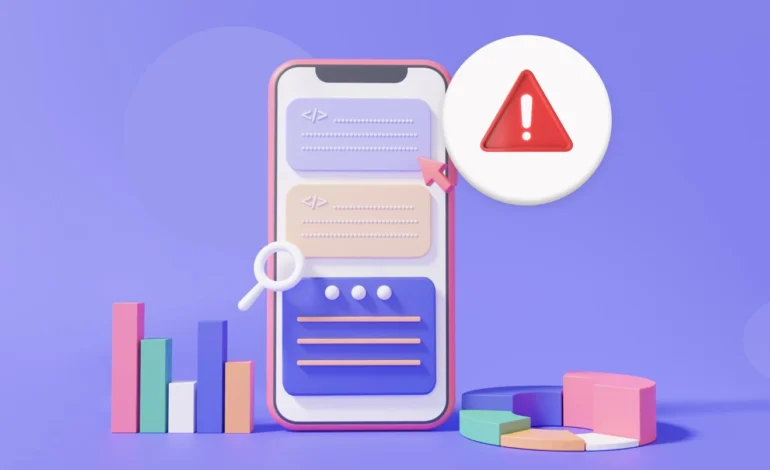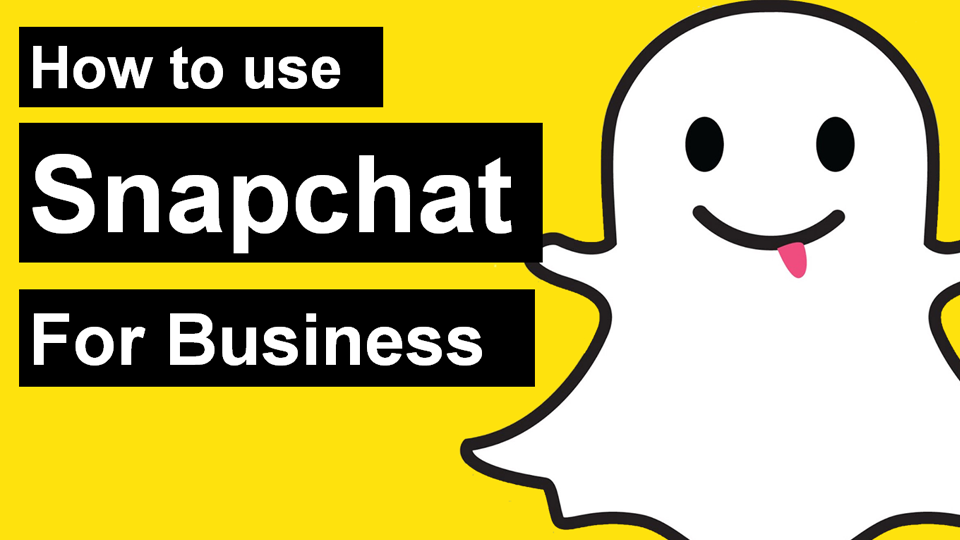6 reasons why a mobile app is not successful

A mobile app can play a key role in your marketing strategy, but the competition is tough. There are more than 2.8 million apps on Google Play and 2.2 million on the App Store, so users are spoilt for choice. Furthermore, while apps are used more than ever today, the number of downloads has decreased.
Winning over users with your mobile app is difficult, but it’s not all about luck. Let’s take a look at how to define your app’s success and discover 6 reasons why apps fail.
How do you measure the success of a mobile app?
Generally, when discussing the popularity of a mobile app, we refer to the number of downloads or active users. But we can go much further.
Before launching a mobile app on the market, we must define the KPIs that we will use to measure success. The specific metrics will depend on the situation and objectives of each brand, but in general, we can classify them into these two categories:
- Quantitative metrics: number of downloads, percentage of target users, usage statistics, and other figures.
- Business metrics: essential if the application has monetization objectives. Here we will look at the profits generated, whether through paid downloads or in-app purchases.
6 Reasons Why Mobile Apps Fail
- The market has not been well researched. The idea of your mobile app may seem great to you, but what you need to know is whether your target audience needs it. Do your homework and do your research thoroughly before casting.
- There is no single value proposition. The market is saturated with apps with similar functionalities. Therefore, it is important to study the competition to see how we can make up for their shortcomings and offer something different. Or better yet, create applications with a unique value proposition (as was the case with Uber and Airbnb in their day).
- It is not well adapted to different platforms. For example, the iOS and Android interfaces use different gestures and buttons, so what’s intuitive for users of one system can be a nightmare for users of another.
- The user experience has not been taken care of. For example, problems when loading, registration processes that are too long, difficulty accessing certain functions… A good part of users decide on a mobile app within the first minute of using it, so the first impression is key.
- Not enough testing has been done. Bugs discourage users and lead to negative reviews in the app stores, so it’s imperative to make sure you’ve gotten rid of them before launching.
- The launch has not been planned well. The early days of a mobile app are key to building a user base and retaining them, so don’t leave any element to chance.










